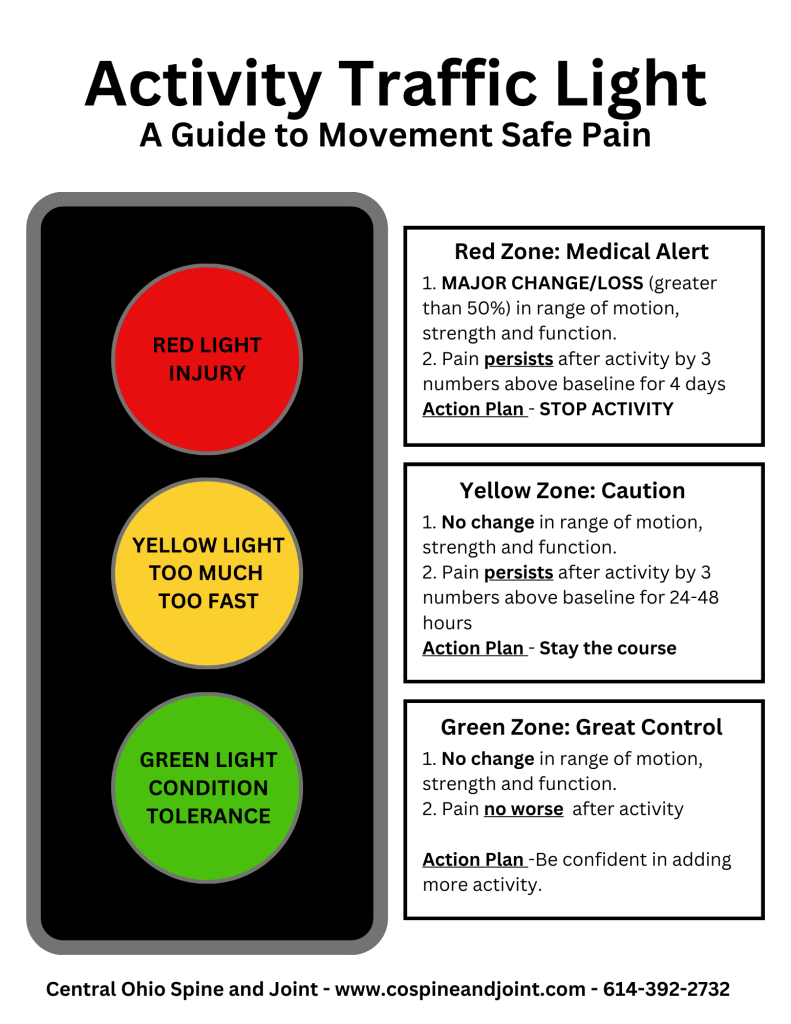Welcome to our latest blog post where we explore the critical topic of exercise modification in response to pain. Navigating the complex relationship between staying active and managing discomfort is a challenge faced by many. Whether you’re a seasoned athlete, a fitness enthusiast, or someone just trying to stay healthy, pain can often be an unwelcome barrier to your exercise routine.
A question we frequently encounter in our clinic, and one that’s crucial throughout the treatment process, revolves around understanding the appropriate response when pain arises during exercise. It’s essential to recognize how to adapt your workout intensity based on the level of discomfort you’re experiencing, and, importantly, when it’s necessary to pause your exercise regimen altogether. Integrating this understanding into your fitness routine is key to maintaining both your health and your progress. As we delve deeper into this topic, we’ll equip you with practical insights on managing pain effectively while staying on track with your fitness goals.
The following graphic is what we call the “Activity Traffic Light”.

Red Light: Medical Alert
1. MAJOR CHANGE/LOSS (greater than 50%) in range of motion, strength, and function.
2. Pain persists after activity by 3 numbers above baseline for 4 days
Action Plan – STOP ACTIVITY
Yellow Light: Caution
1. No change in range of motion, strength, and function.
2. Pain persists after activity by 3 numbers above baseline for 24-48 hours
Action Plan – Stay the course
Green Light: Great Control
1. No change in range of motion, strength and function.
2. Pain no worse after activity
Action Plan -Be confident in adding more activity.
As we wrap up this article with modifying exercise in the face of pain, it’s clear that understanding and respecting your body’s signals is paramount. The “Activity Traffic Light” graphic provides a simple yet effective framework to guide you through this process. Remember, encountering pain doesn’t necessarily mean you must cease all physical activity. It’s about finding that balance – knowing when to push forward, when to proceed with caution, and when to stop and seek medical attention.
For the seasoned athlete, the fitness enthusiast, or anyone on a journey to better health, this guide serves as a beacon, illuminating the path to a safer, more effective workout routine. It’s not just about avoiding pain but about embracing a smarter approach to exercise that prioritizes your well-being.
As you continue on your fitness journey, let this knowledge empower you to make informed decisions about your body’s needs. Stay active, stay informed, and most importantly, stay attuned to the messages your body sends you. Here’s to achieving your fitness goals with health, wisdom, and resilience at the forefront!

Recent Comments